
OR
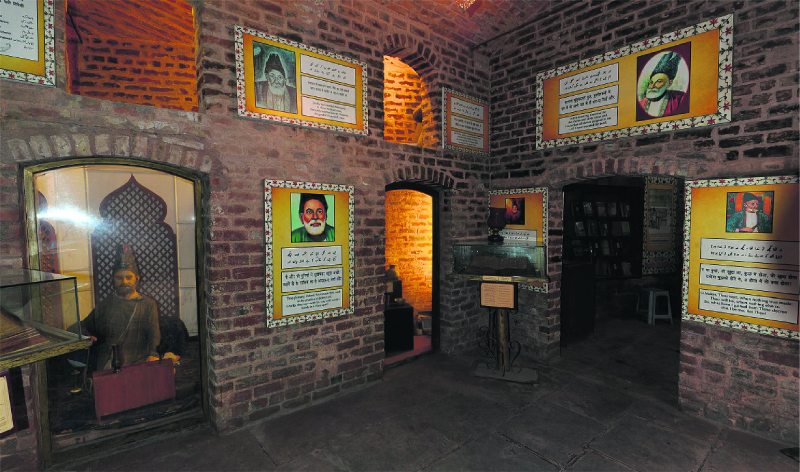

Som P Pudasaini
The author was UNFPA Representative for Sri Lanka & Country Director for the Maldives.som.pudasaini@gmail.com
While passing through Delhi and Amritsar during my recent pleasure trip to India, I had a chance to explore a few cultural sites and cuisines. Among other sites we visited great poet Mirja Ghalib’s residence, the world-famous sufi saint Nizamuddin’s dargha and the Sikh holy shrine of Golden Temple. We also tasted many luscious Mughlai dishes.
Mirja Ghalib was a preeminent Urdu and Persian-language poet in Mughal India. Even today Ghalib’s poems (Shayaris and Ghazals) continue to be admired in the Indian subcontinent and beyond. “Thousands of desires, each one worth dying for… Many of them I have realized. Yet I yearn for more….” is among his many poems that still ring in my ear. The other, “Don’t go by the lines on the palm of hand Ghalib, Luck is bestowed even on those who don’t have hands”, I continue to find as meaningful. He rose to royal prominence during the reign of the last Mughal Emperor Bahadur Shah Jafar II. The emperor was himself a noted Urdu poet. It was his fate to be the last ruler of Mughal dynasty when he was exiled to Rangoon, Burma by the British after the Sepoy Revolt of 1857.
Ghalib, meaning a victor in Urdu, was a penname adopted by the great poet. He was born Mirza Asadullah Baig Khan in Agra in 1797. After his marriage to Umrao Begum at a tender age of 13, Ghalib moved to Delhi. None of the seven children he had with the Begum survived. He was disenchanted with his wife Umrao as he felt she neither cared nor understood his great poems. Umrao didn’t bother much about his complaints and continued to serve him all her life. What a paradox married couples have confronted for ages and live with even today in millions of homes across all continents, much as Ghalib did almost 150 years ago?
He died aged 72 in the famous “Gali Qasim Jaan Haveli” (pictured alongside) in 1869. This 300-year-old, almost dilapidated building I visited inside a congested old Delhi lane is now known as “Ghalib ki Haveli”. The ground floor of the building was functioning as ‘Ghalib Memorial’ under the watchful eye of a tired old chowkidar when I stepped in. Ghalib would have been as famous as Shakespeare had he written in English language, according to some wise souls. My wife and I were the only visitors when we reached the memorial on a Friday afternoon. Few of his portraits and poems were hung on the wall. A life-size portrait of Ghalib with hookah in his hands was the main attraction.
Some of his hand-written poems, books and items he used were placed there too. A small but lively statue of Ghalib decorated a corner. The entrance to first floor was locked and looked dilapidated. No visitor was allowed into the upper floors, which possibly would have given a glimpse of his living, working and eating spaces. It was gratifying to be in a place where such an illustrious poet lived and gather anecdotes of his life. I clicked few snaps of his poems and pictures with a new Samsung mobile phone my daughter had cajoled me to buy from a department store in Phuket. Then, I rushed to taste genuine Mughlai cuisine in a close-by lane, Gali Kababian.
The key specialty of Mughlai cuisine, I understood, is the unique aroma of ground spices. Mughals introduced the exotic spices, nuts and fruits when they occupied India in the 16th century. Amalgamation of the cooking style and recipes of Central Asia and North India is at the root of its uniqueness. Old Delhi, initially founded as Mughal capital Shahjhanbad in 1639, serves the best Mughlai these days. Chicken mughlahi, mutton korma, chicken jhangari etc served at Karim’s, an over 100 year old family run restaurant, were all tasty. Having to wait in a queue for over half hour to get a seat was an experience in itself.
Varieties of parathas (aloo, paneer, rabari etc) sampled in Parathawali Galli was so worth the visit. Bhalla papari, shahi tukdi, Jalebi and phirni that we tried in Chadani Chouk and Chawari Bazar were nice too. But I felt stuffed after Karim’s meal and paratha. So I would encourage friends to avoid this kind of half-a-day touristic overloading, but to enjoy these delicacies over a longer period.
We tried more food. Kadahi keshar milk, Ahuja lassi, madka kulfi, and tandoori delicacies enriched
our palate in Amritsar. Beera’s chicken was tasty but the place was without much of an ambiance and it was a bit far too. The Bharawan Da Dhab in Amritsar and Pal Dhaba in Chandigarh were worth a visit for their Mughlai and Punjabi cuisines (including Sarson ka sag and Makka di roti). Vegetarian meal served in the Golden Temple was simple, fresh and tasty. It was remarkable to observe how hundreds of volunteers in Golden temple cook and serve meals effectively and peacefully to thousands of pilgrims and visitors free of cost and almost 24 hours a day.
Another interesting site was Nizammudin dargha, a mausoleum of world famous of 13th century sufi saint Hazrat Nizamuddin Auliya, in New Delhi. The fun part was participating in a series of qawwali sung by various groups of singers from Delhi and across continents after evening Muslim prayer on Thursdays. The dargha, a small richly gold embellished structure, was glittering with lights and bustling with Muslim prayers, visitors and tourists. The qawwali environment was chaotic and its quality varied widely from one to another singer. Women were not allowed inside the dargha where Nizamuddin was buried. I got in but my wife had to peep from outside.
There was a horde of people pushing through to get in the dargha to pray, see or put chaddar and flower on Nizamuddin’s burial place. Famous poet Amir Khusro’s simple tomb was within the dargha complex. Mazare Ghalib, a simple white marble tomb of Mirja Ghalib, was in the vicinity of Nizamuddin dargha too. The narrow lane to the dargha from Mathura Road was lined with food stalls, small eateries, flower shops and chaddar sellers. We had to leave our shoes in one of the shops and cover our head with scarves to get into the dargha. Mughlai chicken, rabari and jalebi we tried inside the lane were nice but nothing to rave about.
So the visit to Ghalib’s abode in old Delhi and Thursday night qawwali in Nizammudin dargha were both fascinating. The taste of Mughlahi and Punjabi food greatly enriched our travelling experince. The Golden Temple visit and food served were memorable too. I am already longing for the next trip.
The author was UNFPA Representative for Sri Lanka & Country Director for the Maldives
You May Like This

Why Federalism has Become Risky for Nepalese Democracy
The question arises, do federal or unitary systems promote better social, political and economic outcomes? Within three broad policy areas—political... Read More...

Nepal's Forests in Flames: Echoes of Urgency and Hopeful Solutions
With the onset of the dry season, Nepal's forests undergo a transition from carbon sinks to carbon sources, emitting significant... Read More...
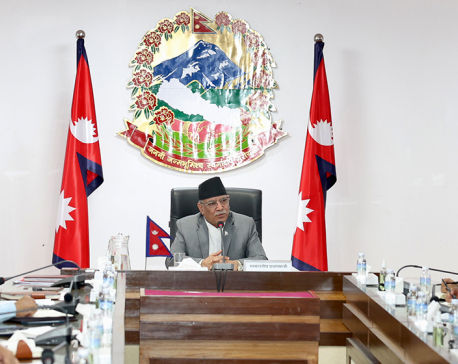
Live and let die, Sarkaar!
Some time ago, in a dazzling display of our Prime Minister’s political finesse, he revealed yet another populist spectacle; his... Read More...
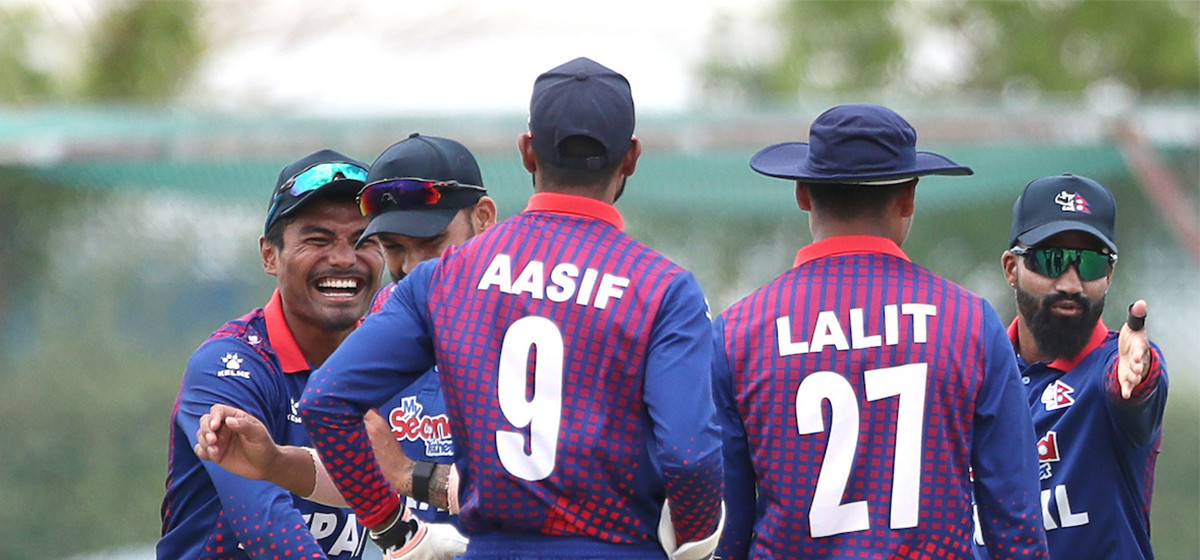

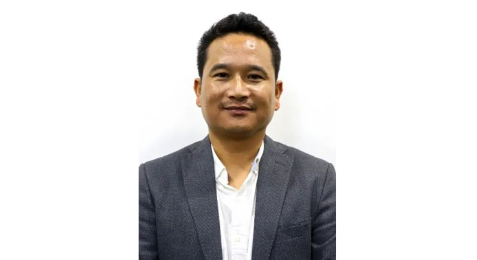


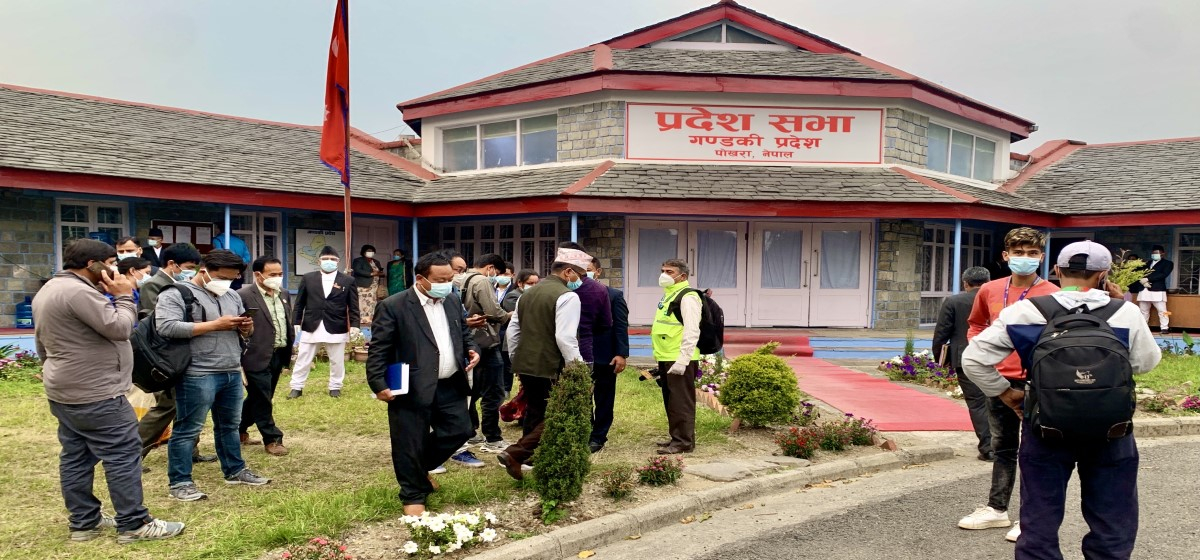

Just In
- Nagdhunga-Sisnekhola tunnel breakthrough: Beginning of a new era in Nepal’s development endeavors
- Altitude sickness deaths increasing in Mustang
- Weather forecast bulletin to cover predictions for a week
- Border checkpoints in Sudurpaschim Province to remain closed till Friday evening
- Gandaki Province Assembly session summoned
- CM Karki to Speaker: Resolution motion for vote of confidence unconstitutional
- EC reminds all for compliance with Election CoC
- 13 killed, several injured after strike at Al-Maghazi refugee camp in Gaza









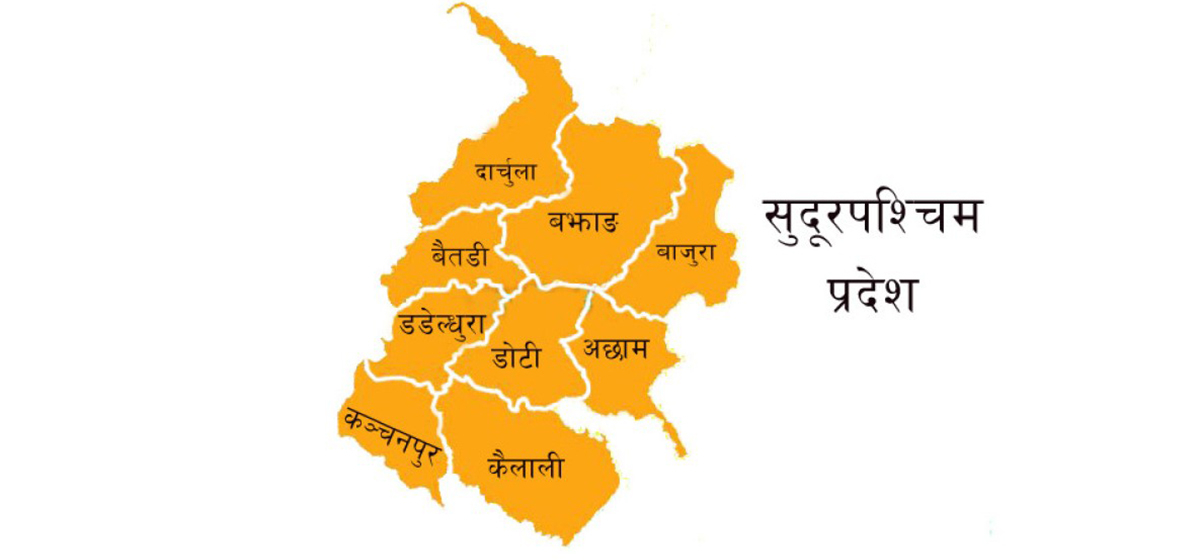
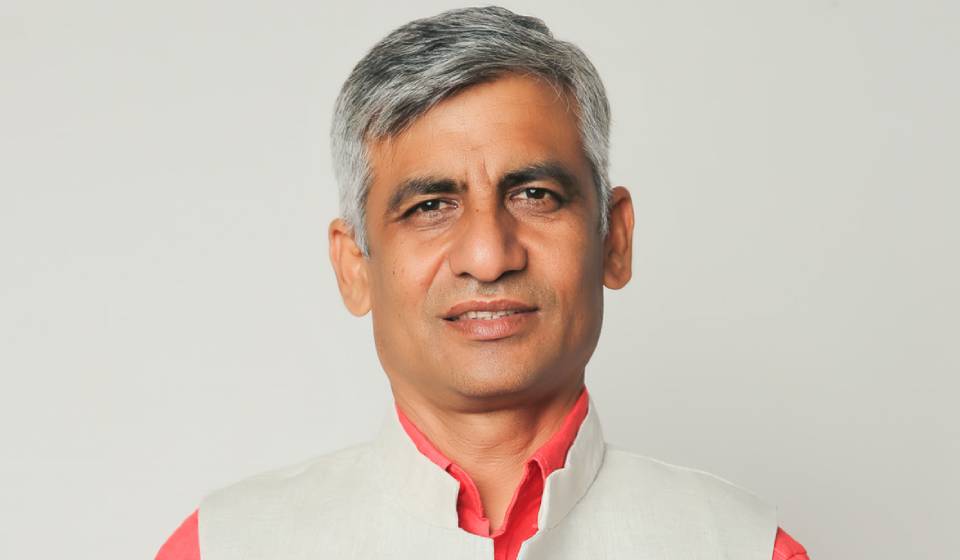
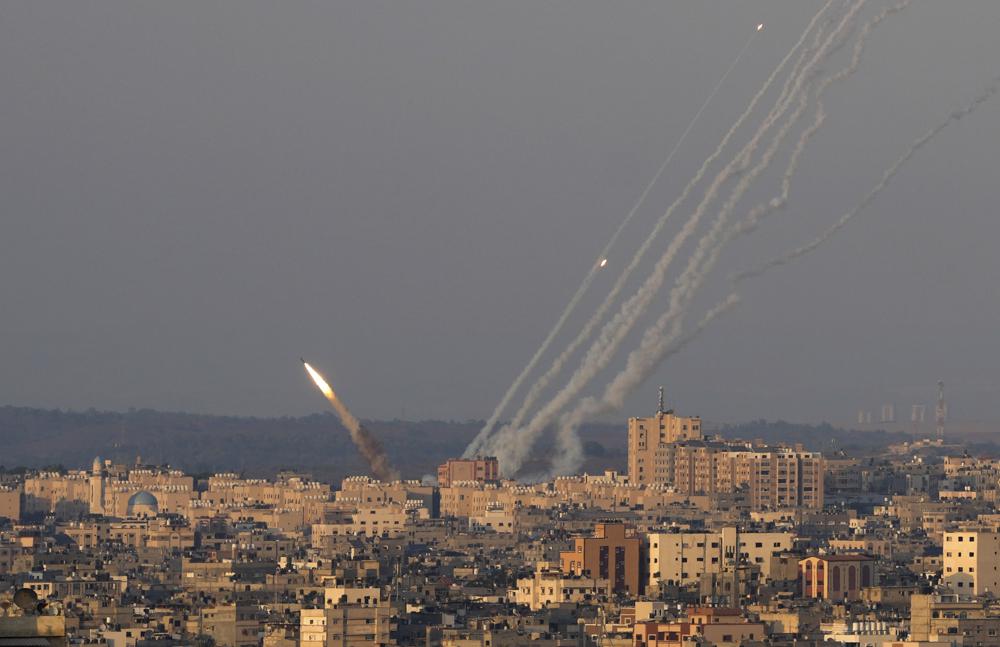
Leave A Comment